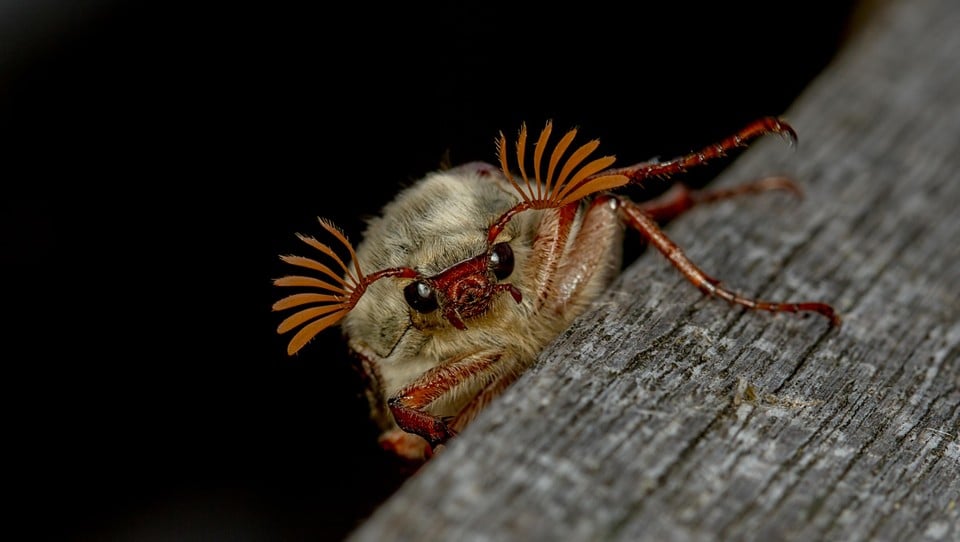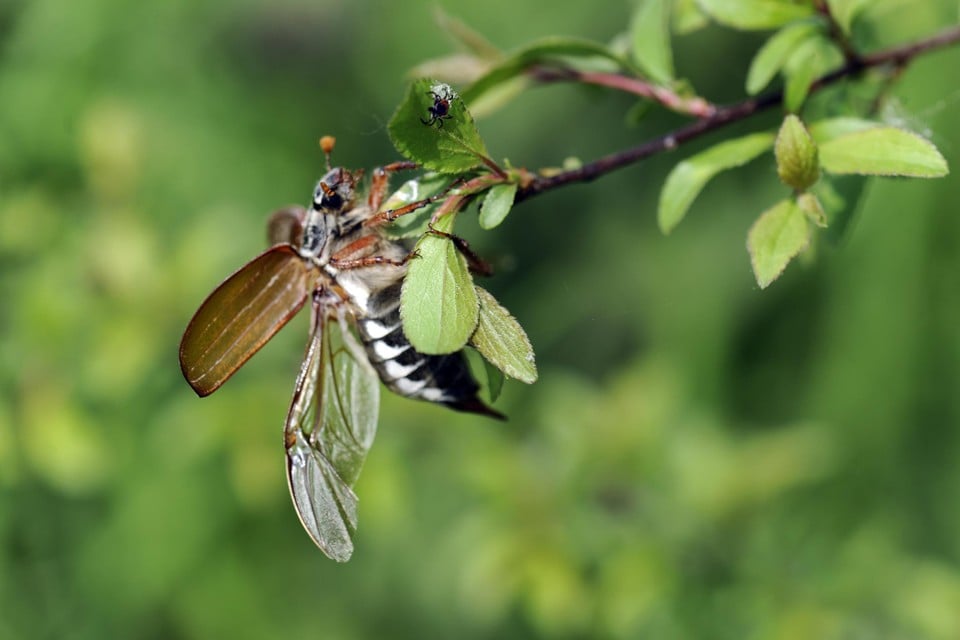Strikingly number of MeikeVers: « Three years underground, now one month to reproduce »

A glance at the calendar is sufficient to realize it: it doesn’t have to be a big surprise that there are currently MeikeVers. Of the 155,000 observations on Biodiversity Platform Waarnemingen.be, 75 percent happened to which they owe their name. The rest mainly (end) April and (early) June.
But this year there are striking many. Early in their top month, there are almost as much registered on Waarnemingen.be as in the whole of 2024 and more than in 2023 and 2022. In the year 2021 there was also a peak, and there is a logical explanation for that.
© Getty Images
Years underground
« Those beetles live for three to four years as a larva, » says entomologist Peter Berx. « In their current form as a Beetle they live for about a month. Looking for a partner, couples, laying eggs. And then they die, there is no hibernation or something. »
Because of that cycle you have years with many and years with fewer beetles. The one you see now flying around have parents who probably experienced their one wild month in May 2021.
But it’s not just a matter of cycle. « I have seen more in recent years, and that makes me very happy, » says Berx. « In the past there were a lot, but the population had deteriorated sharply due to pesticides. We call them the larvae – Engerlings – are harmful to agricultural crops: in all those years that they are underground, they eat plant roots. And that can be detrimental to, for example, young fruit trees. »
Bombers
Have you not seen one yourself yet? Then keep your eyes open in the evening. You can even recognize them with your eyes closed: they sound like a chainsaw or an approaching bomber. « Meikevers are about 3 centimeters in size, have brown wings and white triangles on the side, » says Berx. « They also have striking feelers with fans. Five with the females, seven with the males. »
And no, it is not a shame if you confuse them with a hornet for a while. « They also make that humming sound, » says Berx. « They are about the same length, although a May beetle is much thicker. And the European hornet also flies against windows and artificial light sources in the evening. »
After the Meikever, the Junikever and the Julikeever will soon come. It is the larvae of the Junikever who is known for eating your lawn roots. « The Julikeevers are the largest, and very nice to see, » says Berx.
Just to be patient for that. Two months, says a look at the calendar.









/s3/static.nrc.nl/images/gn4/stripped/data131927213-8d4e9b.jpg)